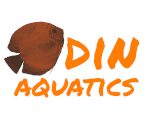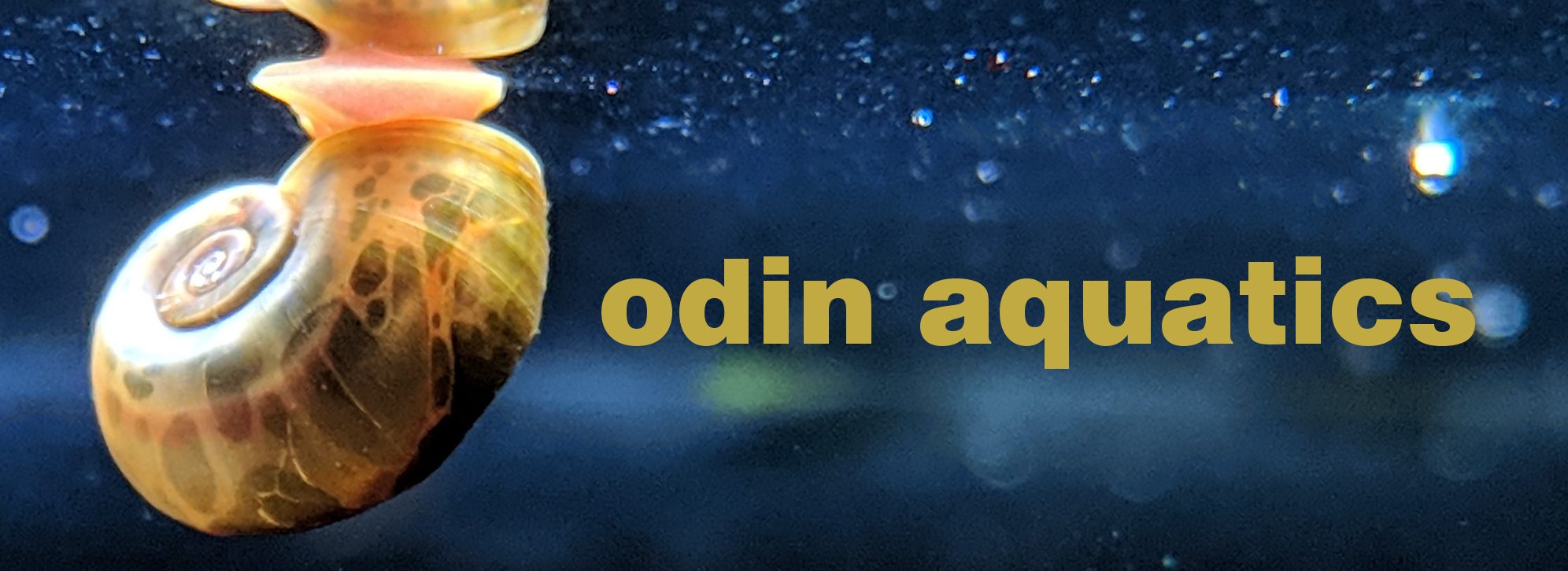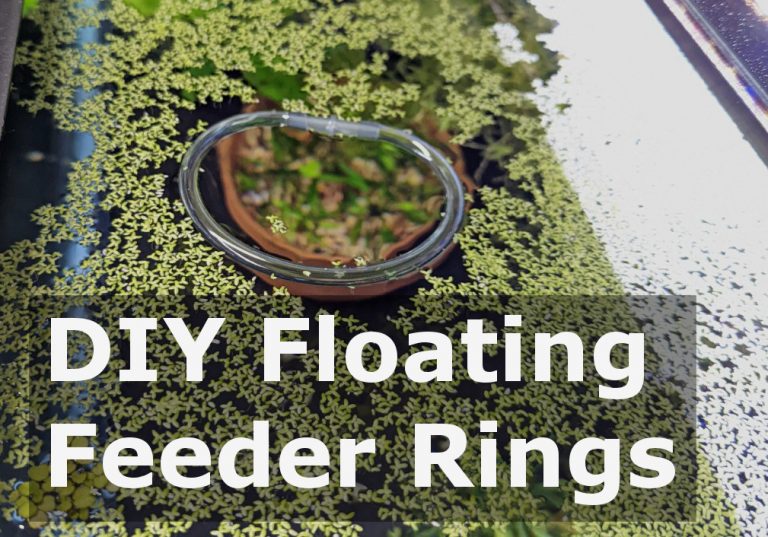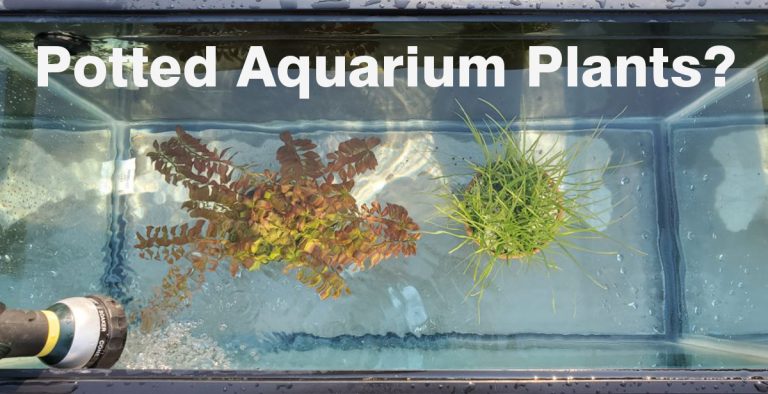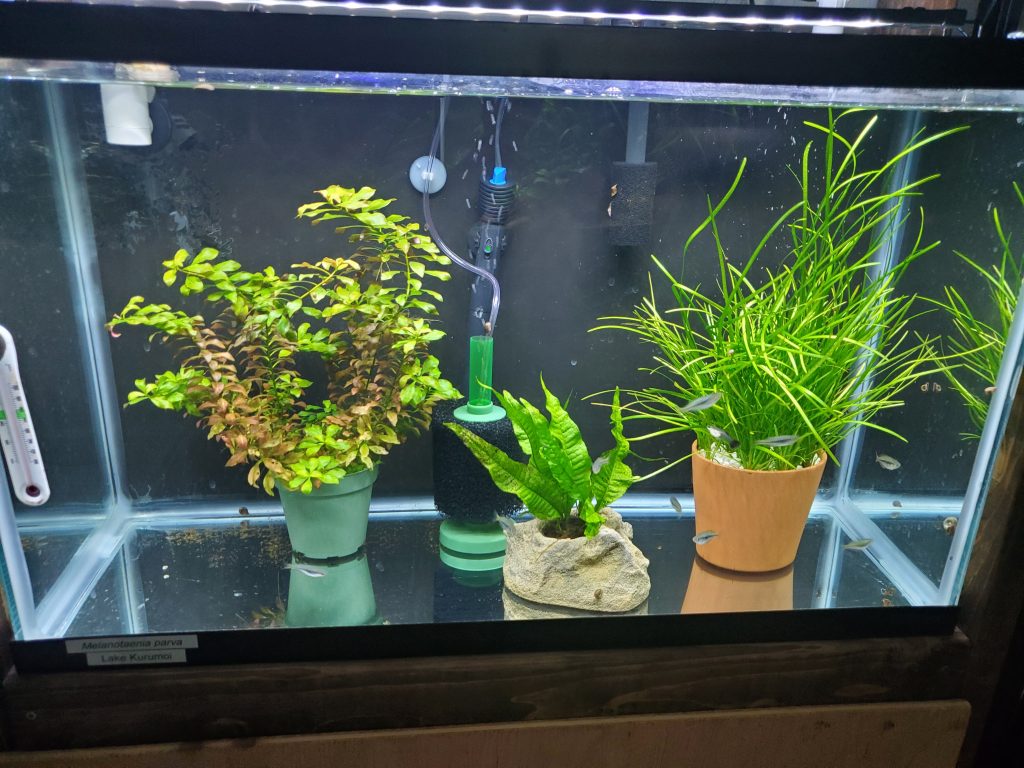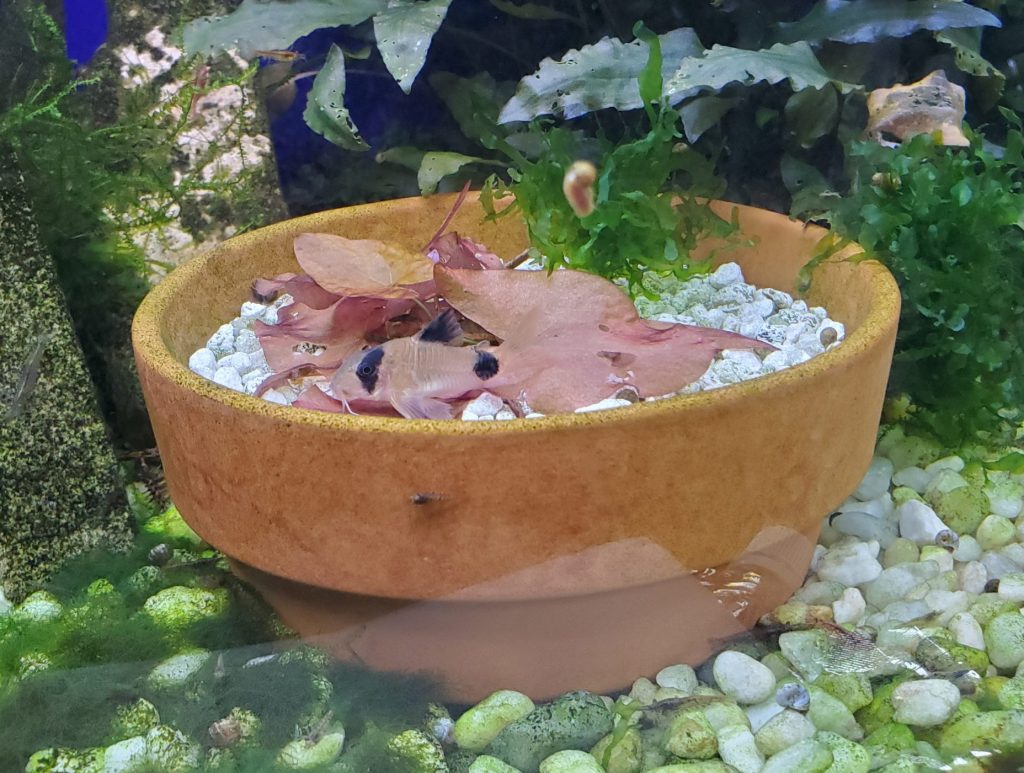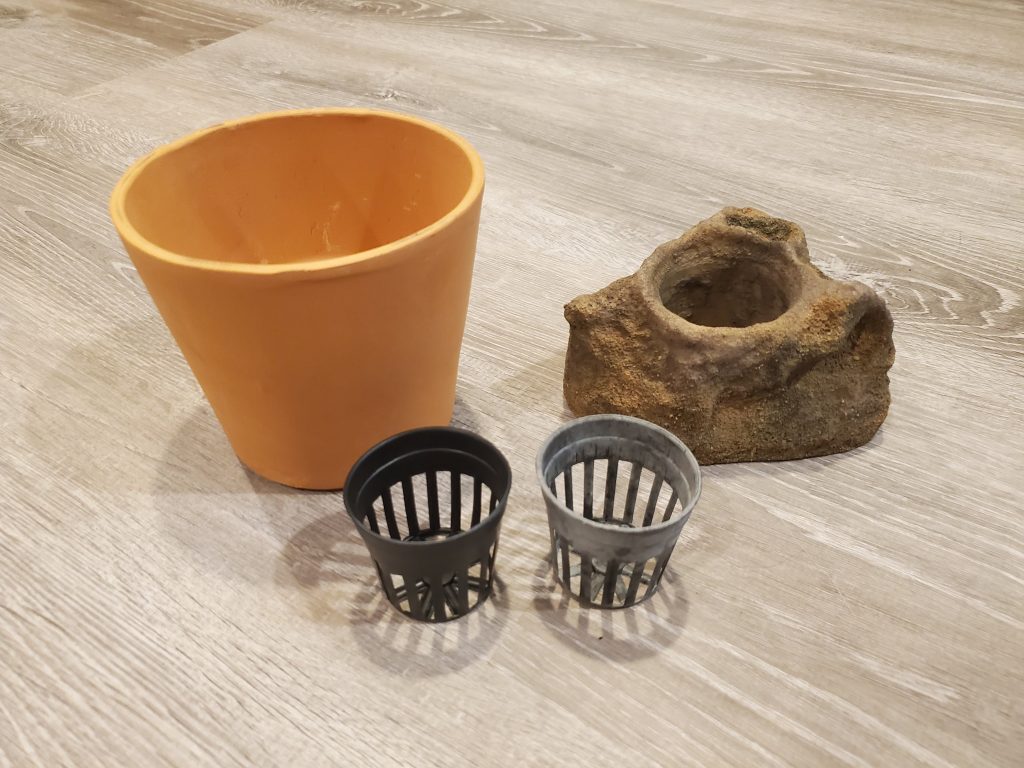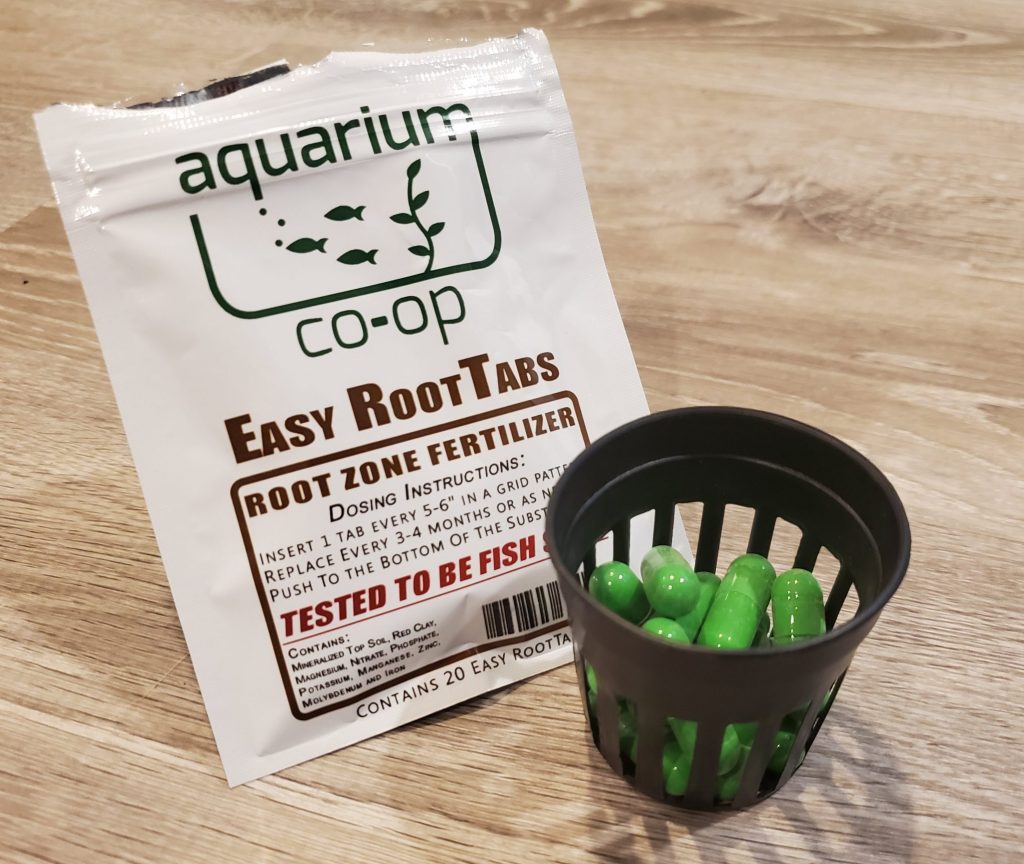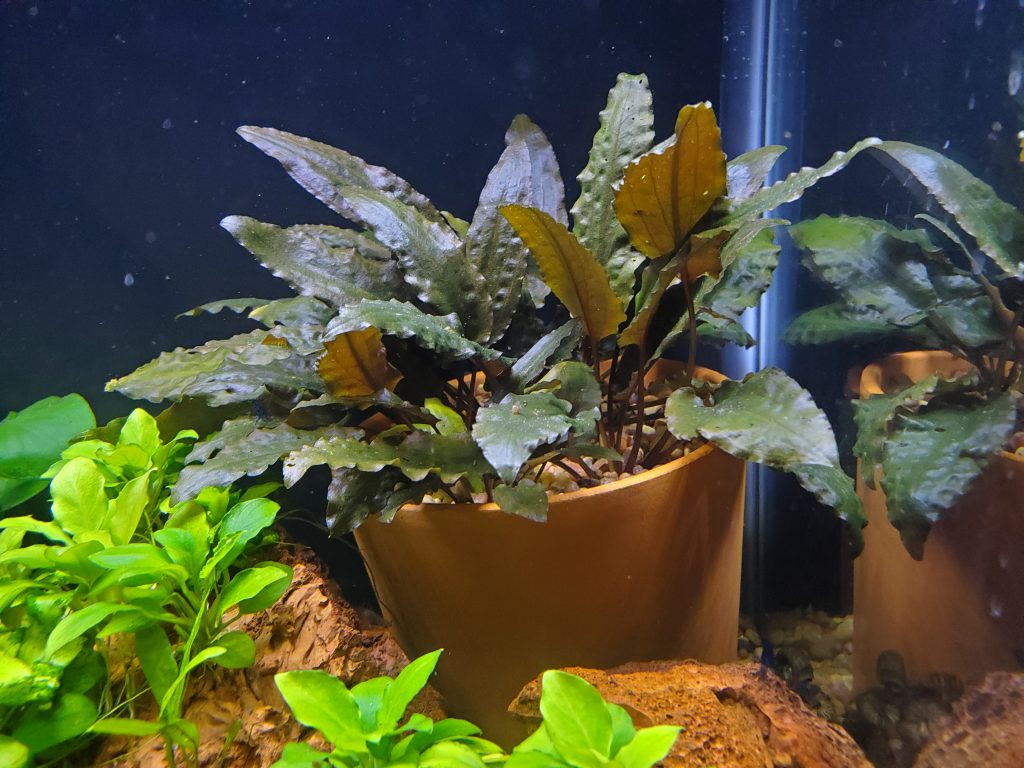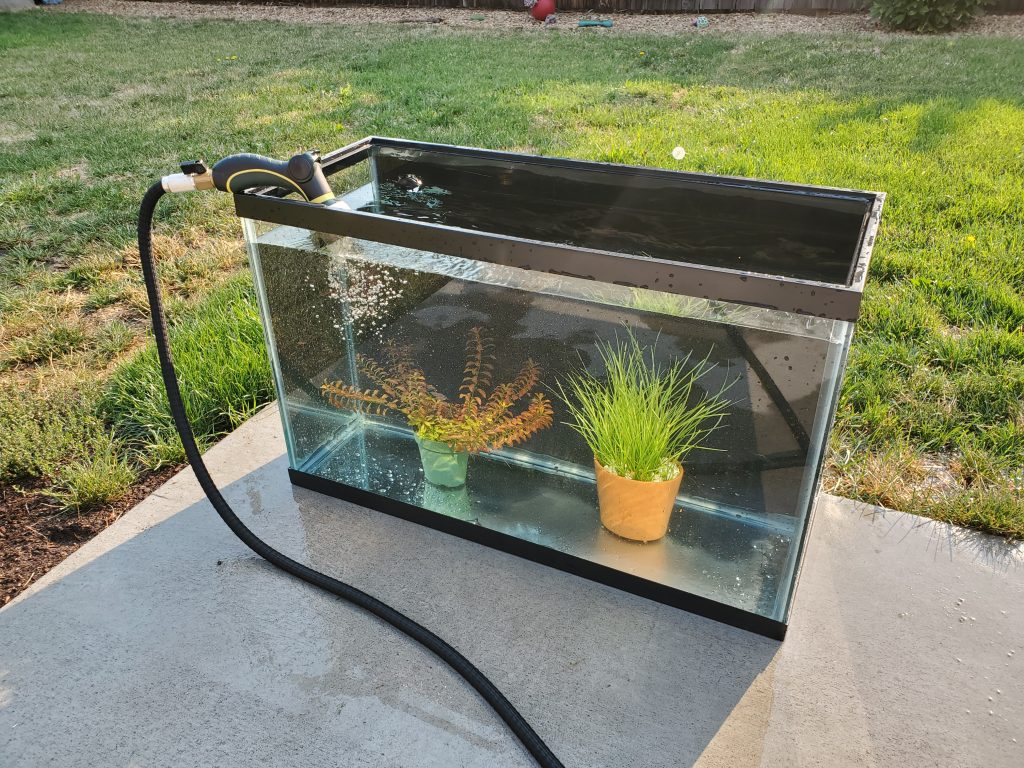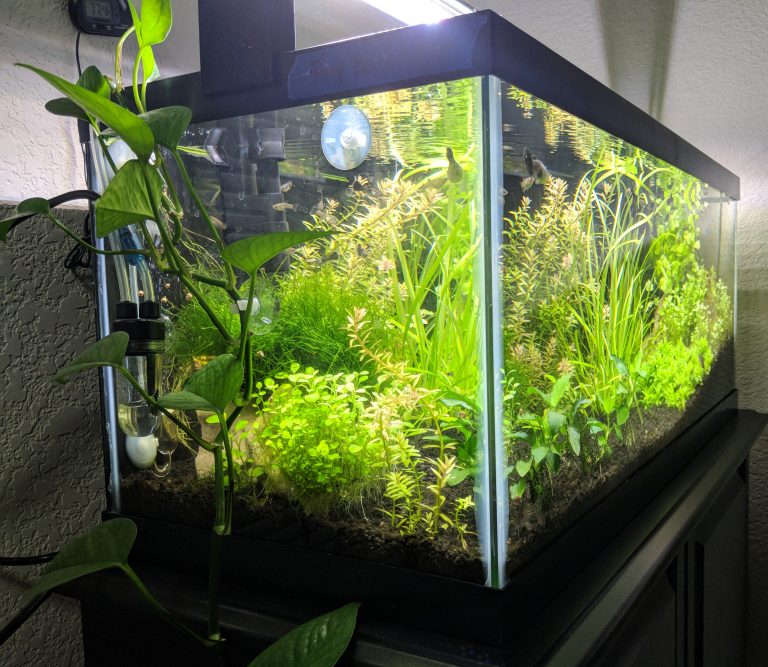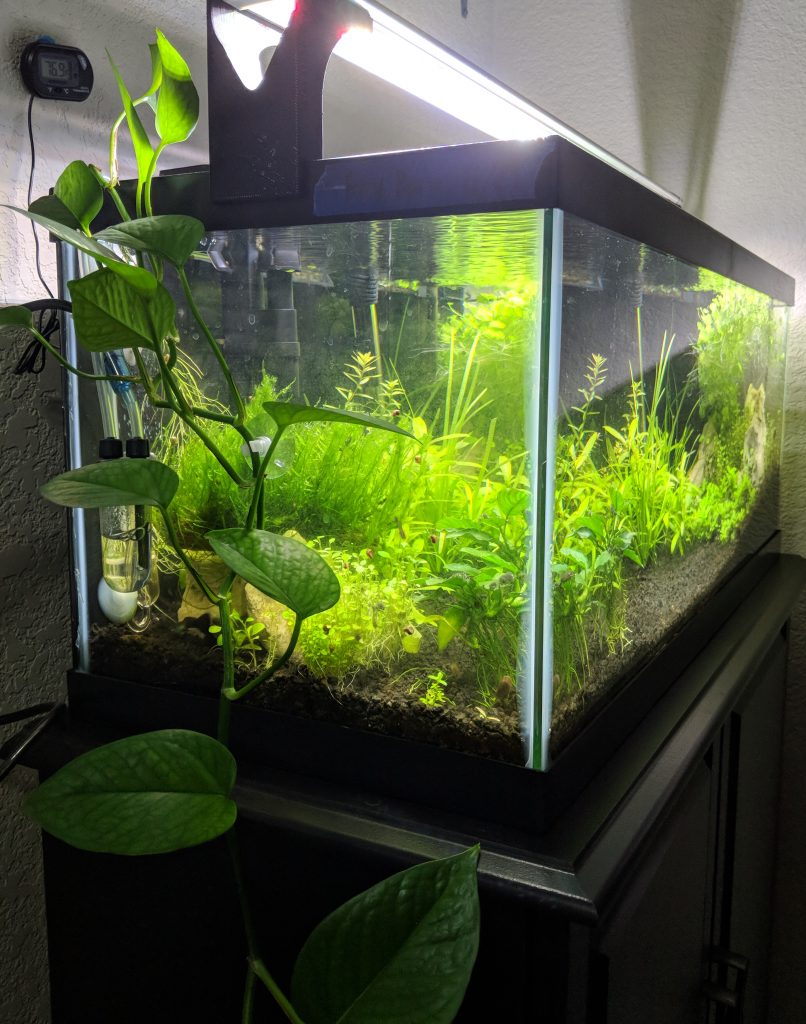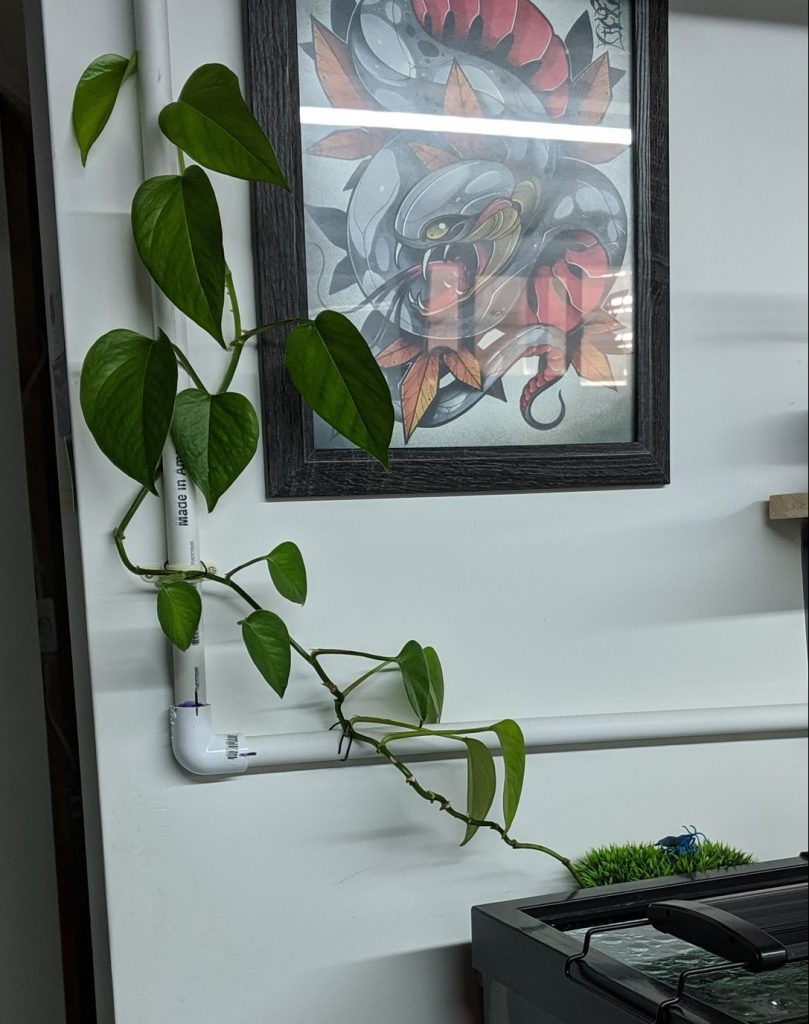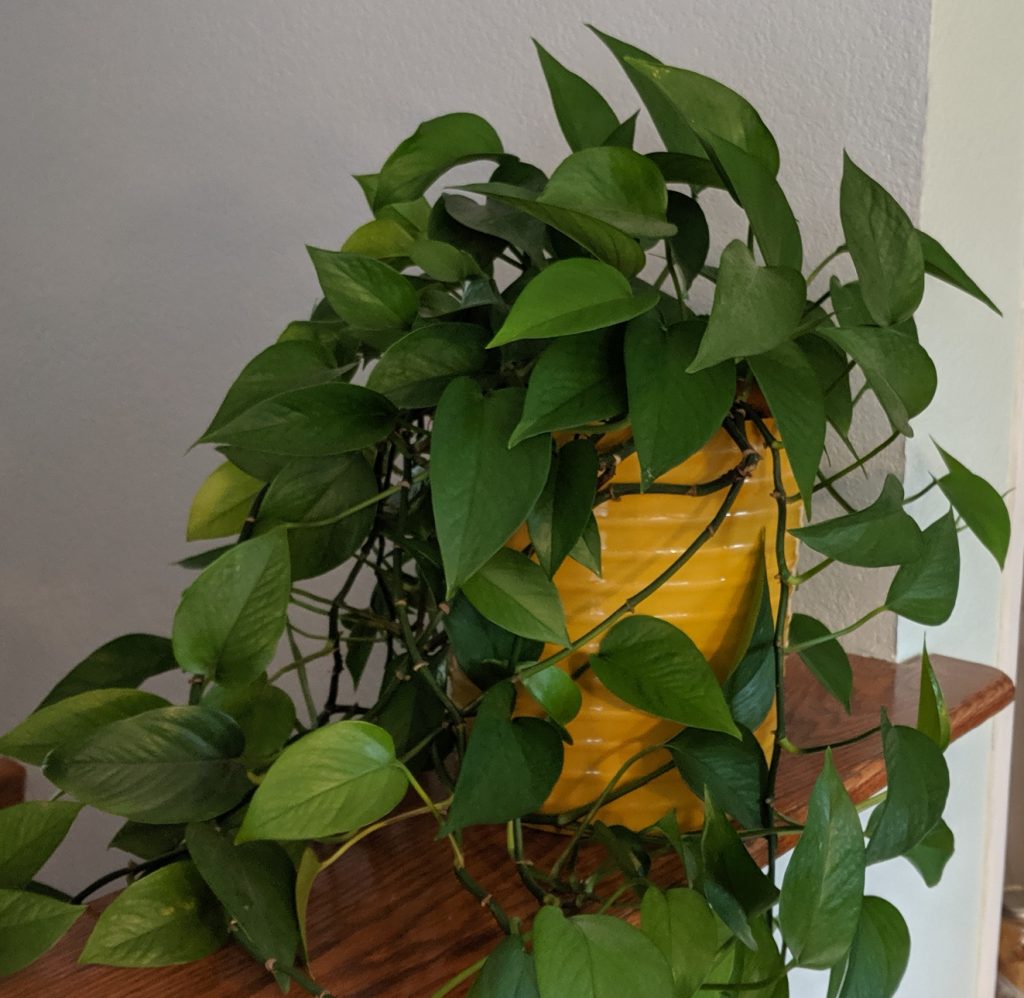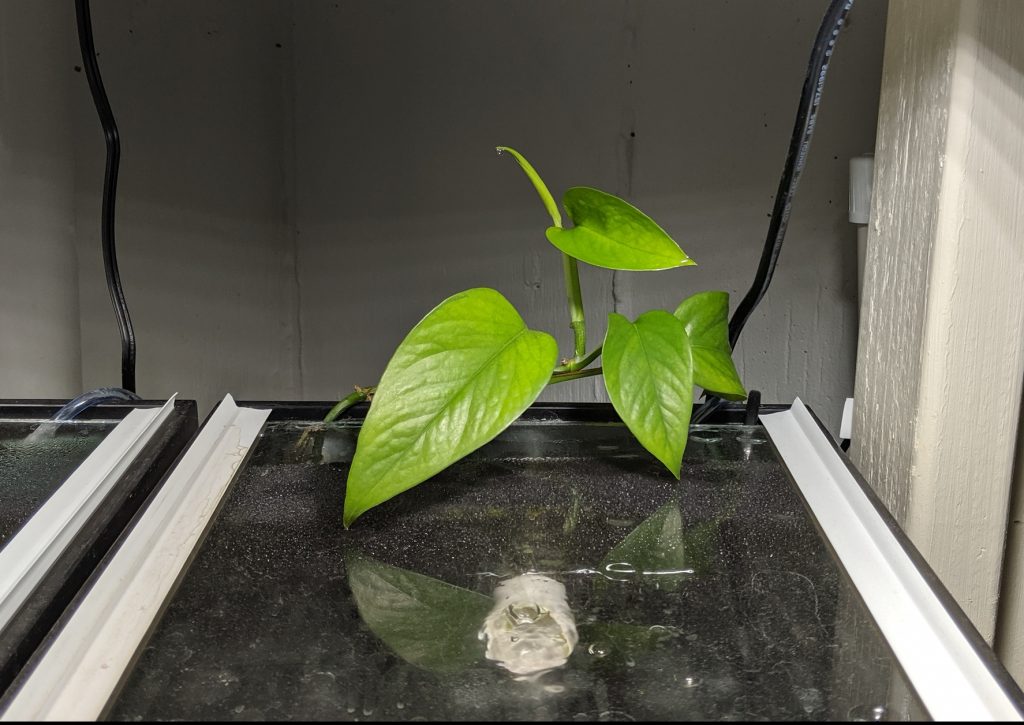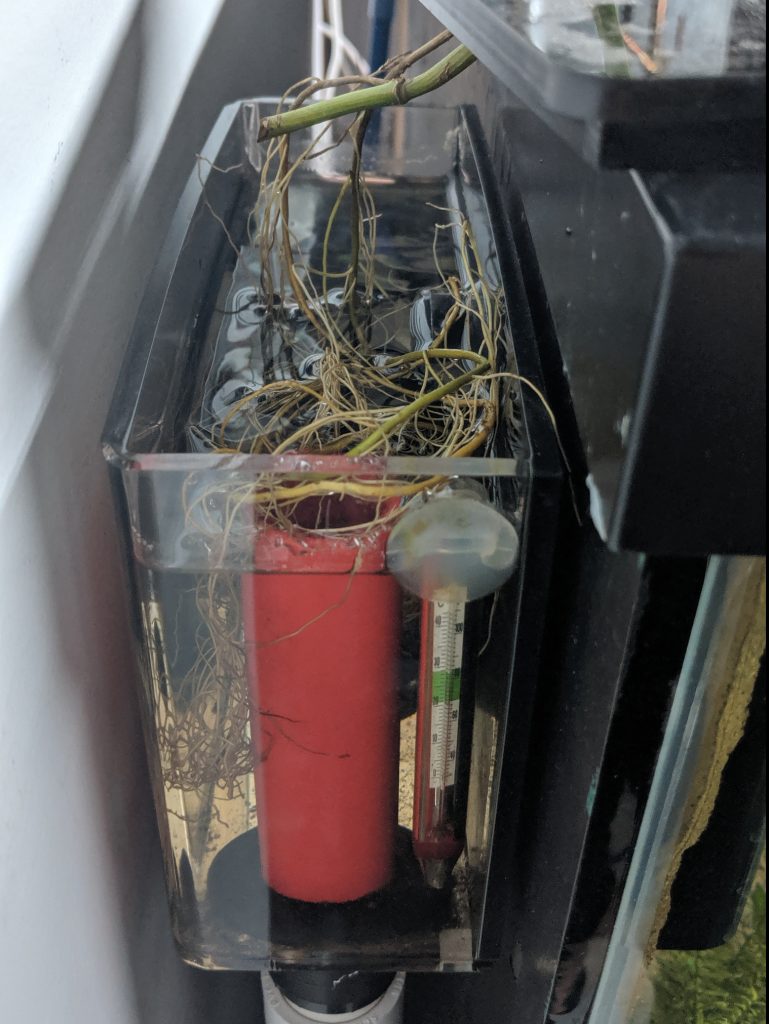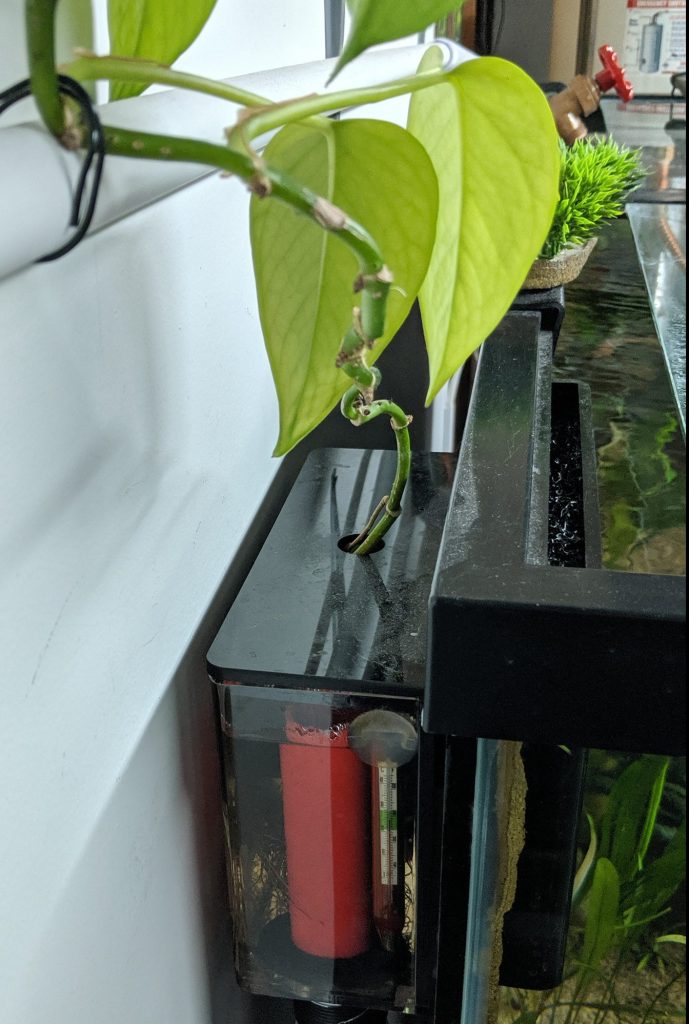If you've ever introduced duckweed to your aquarium - intentionally or otherwise - you may have run into this common problem:
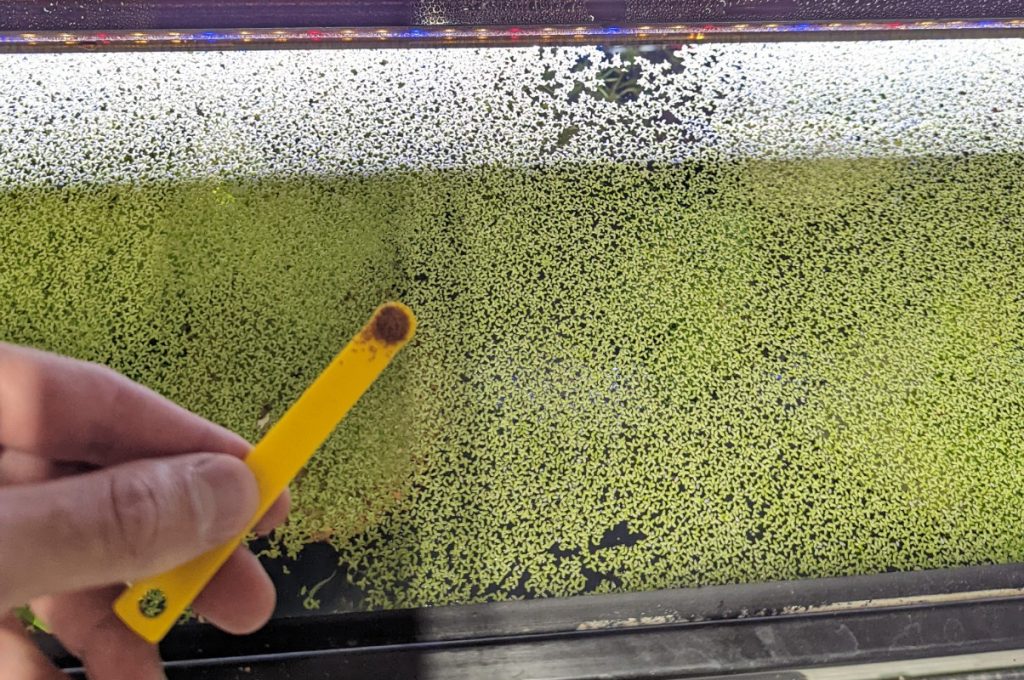
Floating plants offer a host of benefits for your fish tank, but they can also make feeding your fish a bit difficult. You don't want to dump fish food on top of a raft of floating plants. If the image above looks familiar, DIY floating fish feeder rings are a cheap solution that will help.
What are fish feeder rings?
Fish feeder rings, or floating feeding rings, are a simple device that sits on the surface of your aquarium and acts as a barrier to keep floating plants out of an area. This barrier creates a nice "window" into your tank that can be used for feeding. Floating feeder rings can be a variety of shapes and sizes, some have suction cups to hold them in one spot, and some can be combined with a feeding cone for live or frozen foods. There are a lot of cool feeding rings for sale that you can buy, but if you want to make your own, this DIY design uses components you may already have in your fish room!
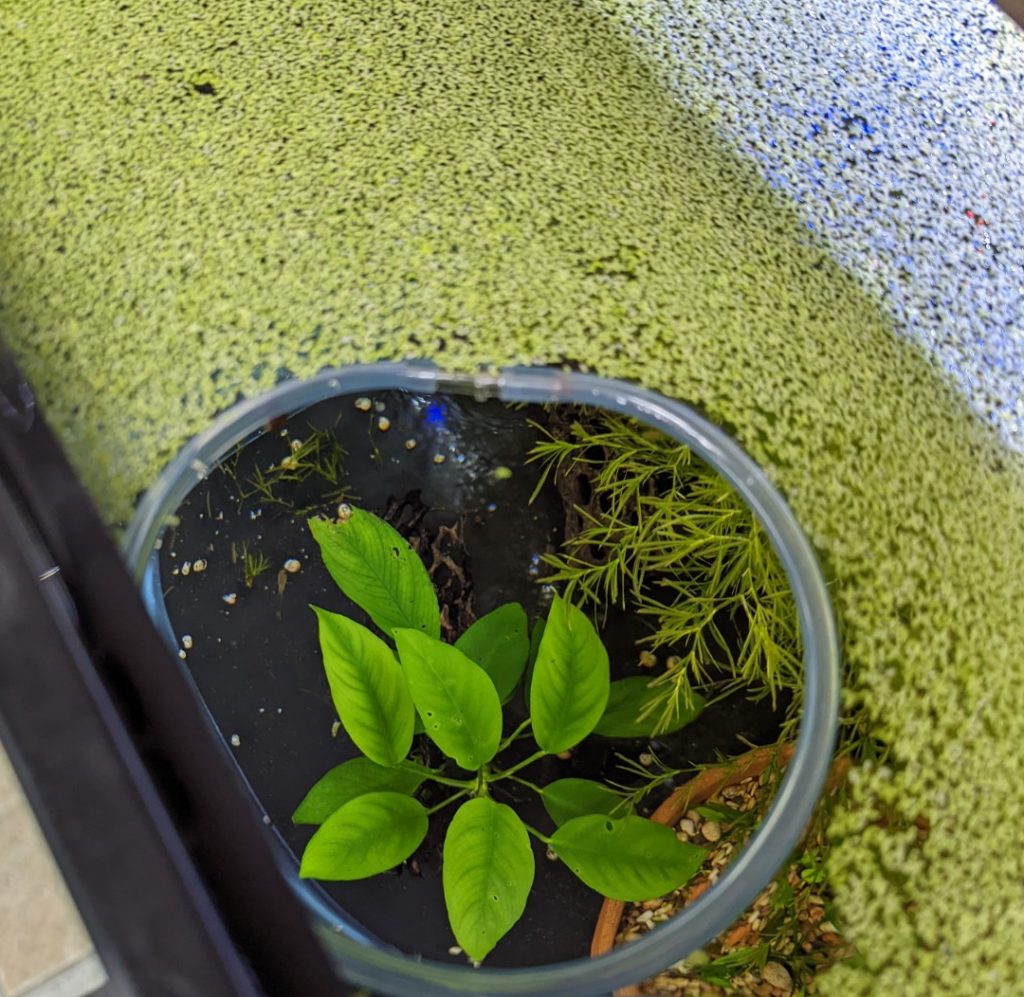
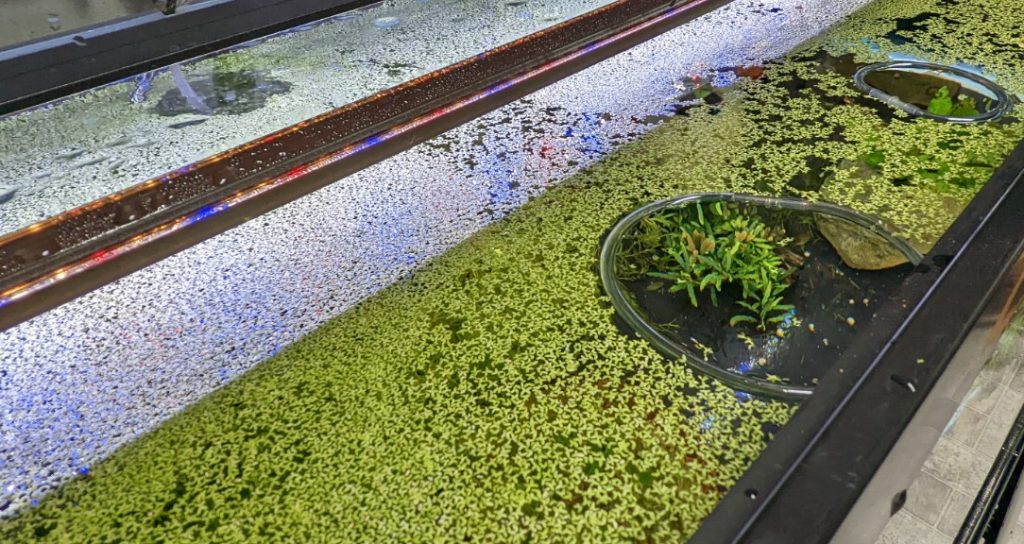
How to make your own DIY floating fish feeder rings
All you need to make these floating fish feeding rings yourself is a length of aquarium airline tubing and a straight airline tubing connector. I always keep some scrap lengths of airline tubing around for projects like this. You only need about 6 inches of tubing for a small ring. The great thing about DIY feeder rings is that you can make them any size you want, and the only tool you need is a pair of scissors!
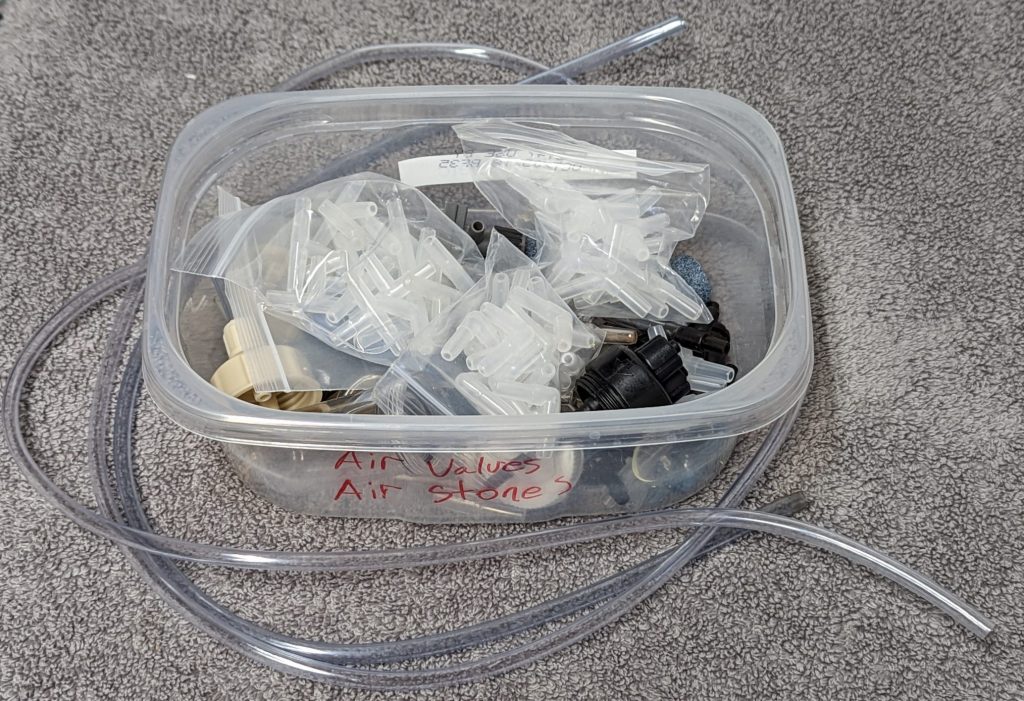
So first, dig out your old airline tubing and your airline connectors. I have a container full of fittings, elbows, connectors, and valves in my fish room. You never know when you might need parts for a project like this.
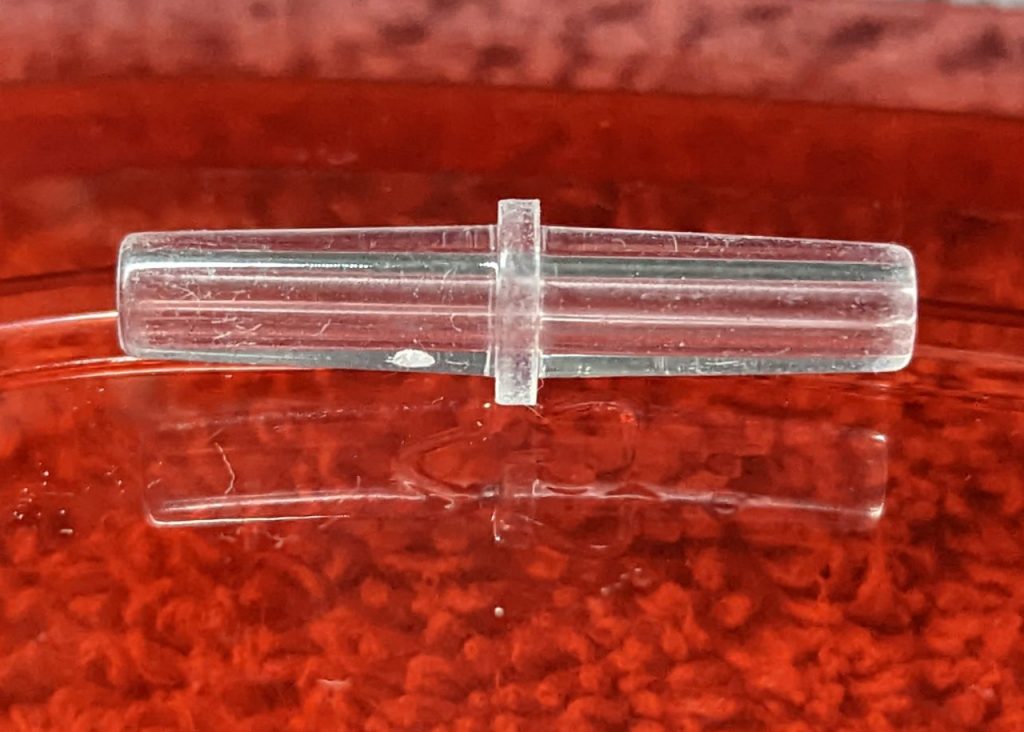
Once you've got a fitting, cut your piece of tubing to the size you want. Then connect the two ends together with the straight connector. That's it!
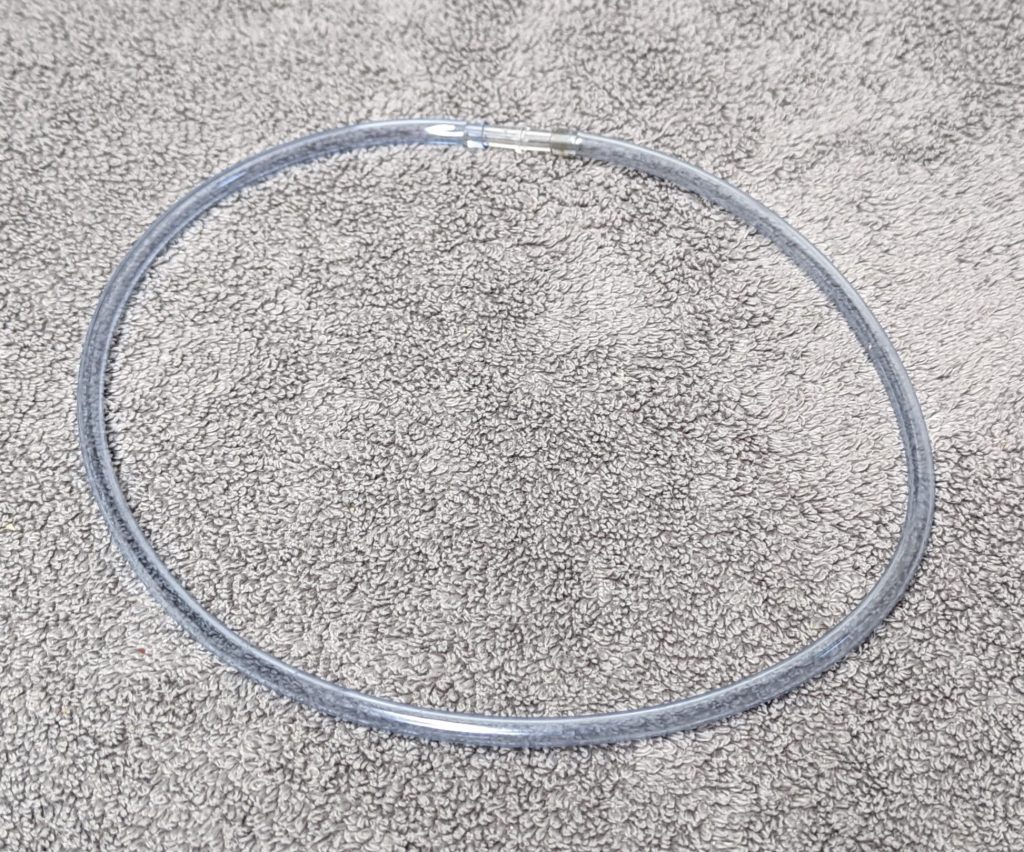
Once you have a ring, place it in your aquarium and use a net to gently remove any floating plants from the interior. The ring will stay on the surface and hold back your floating plants so you always have a clear area for feeding your fish!
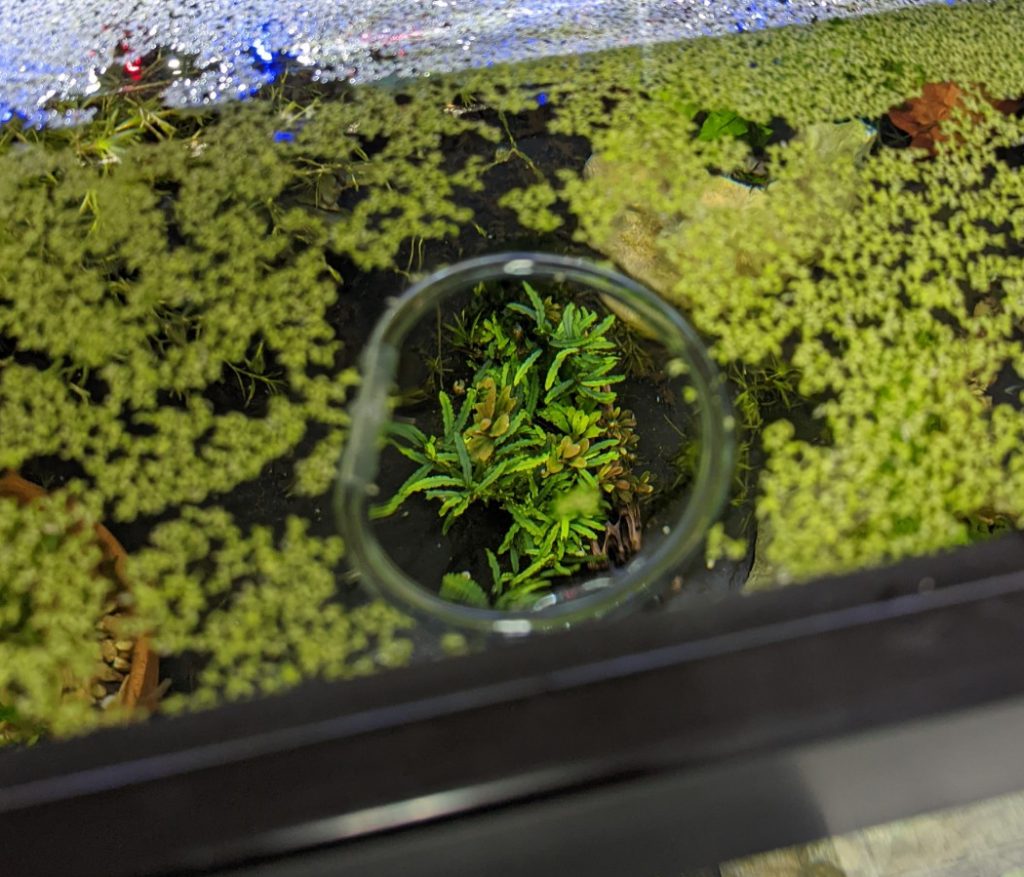
Interested in adding plants to your tank that won't get in the way or take over? Checkout my post on Adding Potted Plants to Your Aquarium
